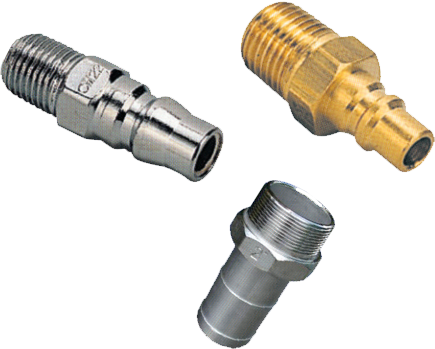We are trying to make the best product in the world.
Definition of screw
History of screws
Whitworth screw
ISO inch screws (Unified screws)
Metric screws
Principle of screws
Meaning of screws
Screw
Male Thread
Female Thread
Single screw
Double screw
Right hand thread
Left hand thread
Screws component
Flank
Mountain peaks
Bottom of the core
Angle of thread
Angle of flank
Pitch
Lead
Angle of lead
Full diameter
Minor diameter
Core diameter of male screw
Core diameter of female screw
pitch diameter
산의 높이
Height of mountain
pitch screw part
Screw part
There are more than 100 types of screws, including general and special ones.
Name of each part for screw
Type of screw
Mark the diameter and pitch in mm and indicate the size of the screw as pitch.
The angle of the thread is 60 ̊, and the shape of the thread is flattened and the bottom of the core is rounded.
Indicate the diameter in inches with an inch screw and the size of the screw is expressed with the number of threads between 1 inch.
The thread has an angle of 60 ̊ and is similar in shape to the metric screw.
There are two types of taper screw and straight screw, which are used to connect piping tubes, and taper screws are 1/16 taper.
The angle of the thread is 55 ̊, and the nomenclature method is in accordance with the nomenclature of gas pipe.
The screw used to connect the pipe consists of a male screw and a female screw, with a taper screw 1/16 in shape.
The angle of the thread is 60 ̊, and the nomenclature method is in accordance with the nomenclature of gas pipe.




본 사이트는
Internet Explorer 8 이하 버전을
지원하지 않습니다.
Internet Explorer 9 이상으로 업데이트 하거나
크롬, 파이어폭스, 오페라, 사파리 최신 브라우저를 이용해 주십시오.
불편을 드려 죄송합니다.